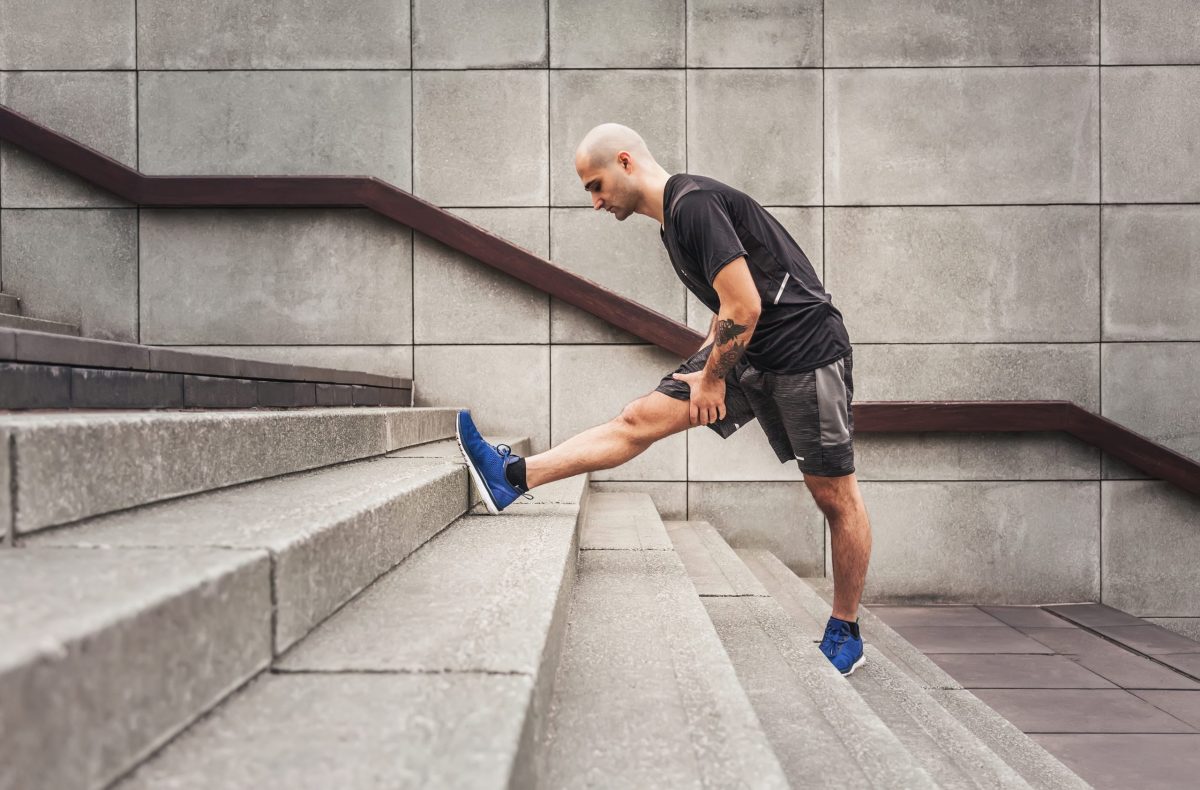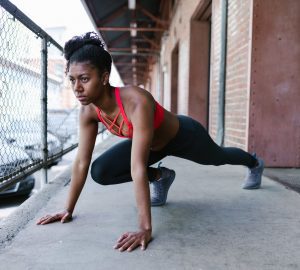The Achilles tendon is the largest and strongest tendon in the body, connecting the calf muscles to the heel bone. It plays a crucial role in walking, running, jumping, and other movements involving the lower leg. However, when the Achilles tendon becomes tight or inflamed, it can cause pain, stiffness, and reduced mobility, which can make everyday activities difficult. Incorporating some easy stretches for tight Achilles tendons can help reduce pain and prevent long lasting injury.
A tight Achilles tendon can cause discomfort and affect your ability to perform daily activities. It’s essential to recognize the signs of a tight Achilles tendon to address the issue promptly. One of the most common symptoms of a tight Achilles tendon is stiffness or pain in the calf or heel. The pain can range from mild to severe, and it can worsen when you engage in activities that require movement, such as walking or running.
Another way to identify a tight Achilles tendon is to check your range of motion. Try to stand on your toes and see if you can raise your heels off the ground. If you have a tight Achilles tendon, you may experience difficulty lifting your heels, and you may feel tension or discomfort in your calf or heel. If you notice any of these symptoms, it’s essential to consult with a physical therapist or healthcare provider to develop a treatment plan that addresses the issue effectively before a potential rupture..
If you have tight Achilles tendons, incorporating stretches into your daily routine can help relieve tension, improve flexibility, and prevent further injury. Here are some easy stretches that everyone with tight Achilles tendons should do, according to a physical therapist.
1. Calf Stretch Against the Wall
Stand facing a wall with your hands on the wall at shoulder height. Place one foot in front of the other, keeping both feet flat on the ground. Lean forward towards the wall, bending your front knee and keeping your back leg straight. You should feel a stretch in the calf of your back leg. Hold the stretch for 30 seconds, then switch legs and repeat.
2. Calf Stretch with a Towel
Sit on the floor with your legs extended in front of you. Place a towel or resistance band around the ball of one foot, and hold onto the ends with both hands. Gently pull the towel towards you, bringing your toes towards your shin. You should feel a stretch in your calf and Achilles tendon. Hold the stretch for 30 seconds, then switch legs and repeat.
3. Half-Squat with Heel Raise
Stand with your feet shoulder-width apart and your toes pointing forward. Lower into a half-squat, bending your knees and keeping your back straight. As you rise up from the squat, lift your heels off the ground and stand on the balls of your feet. Hold this position for a few seconds, then lower your heels back down. Repeat for 10-15 reps.
4. Seated Foot and Ankle Stretch
Sit on the floor with your legs extended in front of you. Cross one ankle over the opposite knee, then gently push down on the crossed leg’s knee. You should feel a stretch in the ankle and Achilles tendon of the crossed leg. Hold the stretch for 30 seconds, then switch legs and repeat.
5. Downward-Facing Dog
Start on your hands and knees with your wrists directly under your shoulders and your knees under your hips. Lift your hips up and back, straightening your arms and legs to form an inverted V shape. Press your heels towards the ground, feeling a stretch in your calf and Achilles tendon. Hold the stretch for 30 seconds, then release.
There is not necessarily any equipment that you need to stretch a tight Achilles tendon. However, some tools can help facilitate and deepen the stretch. One of the most common pieces of equipment used for Achilles tendon stretching is a foam roller. Foam rolling can help loosen up the calf muscles, which in turn can alleviate some of the tension on the Achilles tendon. You can use a foam roller by placing it under your calves and slowly rolling back and forth.
Another piece of equipment that can be useful for stretching the Achilles tendon is a resistance band. A resistance band can be used to perform various stretches, including seated calf stretches and standing calf stretches. For example, you can loop the resistance band around the ball of your foot and gently pull it towards you to stretch the calf and Achilles tendon. Additionally, a yoga strap or towel can be used in place of a resistance band for similar stretches.
It’s important to note that while equipment can be helpful, you don’t necessarily need any specific tools to stretch a tight Achilles tendon. Many stretches can be done without any equipment, and you can use your body weight to deepen the stretch. The key is to listen to your body and go slowly and gently to avoid causing further damage.
Remember to start each stretch slowly and gently, gradually increasing the intensity as your muscles become more flexible. Do these stretches daily, preferably after exercise or when your muscles are warm, to help prevent injury and maintain flexibility. If you experience pain or discomfort while doing these stretches, stop immediately and consult with a physical therapist or healthcare provider. With consistency and patience, you can improve your Achilles tendon’s flexibility and function, helping you move more comfortably and confidently.








